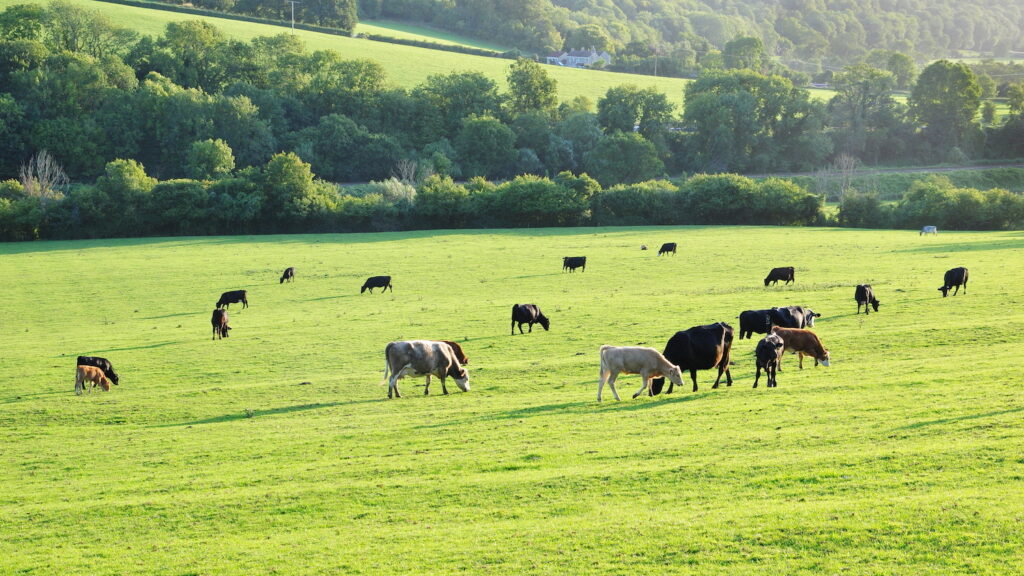Stay legal with grazing livestock at turn-out, farmers urged
25th March 2021
Rural consultant shares top tips to ensure farmers meet their legal responsibilities when animals return to fields – especially where there are public rights of way across land used for livestock.

Greater use of the countryside by the public during the pandemic has heightened the need for caution with grazing animals, warns Rob Gazely of farming consultancy Ceres Rural.
“The two most common factors causing any incidents are cows with calves and walkers with dogs,” he says. “Where you know you are likely to have walkers crossing your land, regardless of their numbers, there are precautions that you should take.”
In terms of the law, Mr Gazely points out that The Countryside and Rights of Way Act 2000 gave the public the right to walk on mapped access land, including mountains, moors, heath, down and registered common land.
“What’s more, the Health and Safety at Work etc Act 1974 puts the onus on farmers and landowners to ensure that people who aren’t in their employment are not exposed to risks to their health and safety.”
Finally, the Occupiers Liability Act 1984 requires an occupier of premises to take reasonable care and ensure that others do not suffer injury from an identified danger, he notes.
“Carry out obvious actions, such as checking fencing and gates before turn-out begins,” he comments. “Once animals are out, there is also an on-going responsibility as the weather improves and the public uses the countryside for more leisure and recreation activities.
“The aim is to avoid incidents which can cause death or serious injury.”
With this in mind, Mr Gazely recommends the following actions:
- Do not keep dangerous or unpredictable animals in fields containing a public right of way.
- Avoid grazing bulls in fields crossed by public rights of way.
- Graze fields not used by the public when cattle are calving or have calves at foot.
- Consider temperament, behaviour and demeanour of livestock and treat all breeds with respect.
- Isolate or remove cattle that are stressed due to weather, illness, calving or disturbance.
- Plan handling and feeding locations to be away from areas of public access.
- Ensure fencing is stockproof and at least 1.3m high, but without obstructing the right of way.
- Fit gates which are at least of equal height and strength as the perimeter fencing.
- Display signage warning members of the public of the presence of bulls in fields.
- Avoid words such as ‘danger’ and ‘beware’ that could indicate prior knowledge of animals being dangerous.
- Use warning signs at 50-100m spacing where electrified stock fencing is being used.
- Remove signs when the animals or danger to which they refer are not present.
- Check cattle and fences/boundaries at least once a day.
- Review public liability insurance to ensure appropriate cover is in place.
